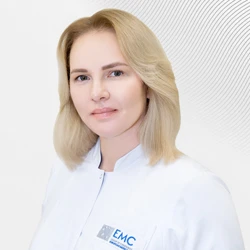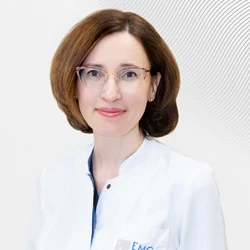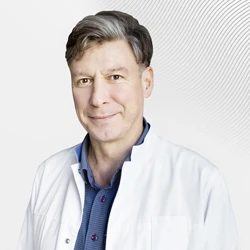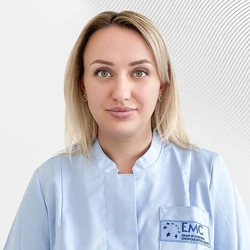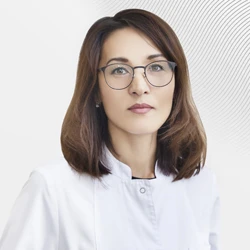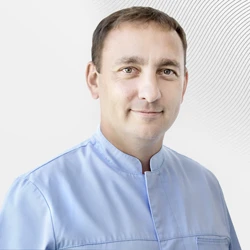Snoring and sleep apnea in children
Your child has snoring or apnea (stopping breathing during sleep) - 4 reasons to contact the children's clinic of the European Medical Center
- We employ leading pediatric ENT doctors who effectively solve the problem of snoring in children
- We use evidence-based medicine methods and adhere to European standards of treatment
- Modern diagnostic methods: we have the latest generation of diagnostic equipment in our arsenal
- Maximum comfort for children and parents
You can make an appointment with our ENT doctors around the clock by phone, WhatsApp or through the forms on the website.
Tells Irakli Yakobashvili, otorhinolaryngologist, PhD
Many children (10-12%) snore in their sleep. This is due to a violation of the normal air flow in the upper respiratory tract. When breathing, the soft tissues of the pharynx successively close and open, and their vibration causes a characteristic acoustic phenomenon. It is important to note that a child's snoring always indicates a pathology. In some cases, it can be a banal acute respiratory infection. In other cases, it is a terrible sign of obstructive sleep apnea (from the Greek apnoia — lack of breathing).
Obstructive sleep apnea is characterized by a temporary complete cessation of breathing during sleep, and often the number of episodes of respiratory failure in a child during the night becomes very numerous. Each episode ends with incomplete awakening and restoration of breathing, which is necessary to increase the concentration of oxygen in the child's blood. If this happens up to a hundred times a night, the child experiences a lack of quality sleep, which in turn is manifested by hyperactive behavior during the waking period.
Other manifestations of sleep apnea include:
- daytime drowsiness;
- persistent headaches;
- nocturnal enuresis;
- breathing through the open mouth.
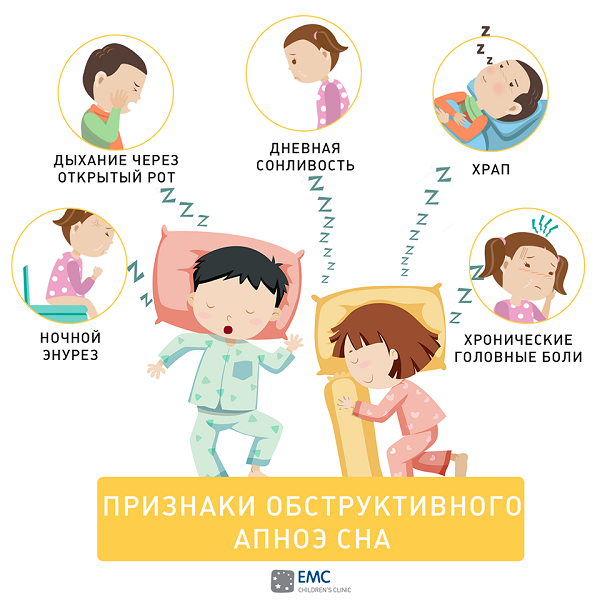
Special mention should be made of attention deficit hyperactivity disorder (ADHD). Many studies have proven a link between sleep apnea, behavioral problems, and learning difficulties. It has been reliably proven that regularly snoring children from 2 to 6 years old are three times more likely to fail in school. In addition, there is preliminary evidence that such children are much more likely to suffer from heart and lung diseases.
It is important to note that even in the absence of apnea, snoring alone already leads to the problems described above in children.
In 2012, the American Academy of Pediatrics issued guidelines for the diagnosis and treatment of obstructive sleep apnea:
- all children and adolescents should be checked for snoring;
- the method of choice when examining children with snoring and/or signs of apnea is polysomnography;
- the main cause of snoring and sleep apnea in children is hypertrophy of the adenoids and palatine tonsils;
- the most effective treatment method is surgical adenotonsillectomy;
- after the operation, patients should be re–examined the need for further treatment. Objective testing is performed in patients with a high risk of recurrent symptoms or with persistent symptoms of snoring and apnea after therapy.
- CPAP therapy (ventilation of the respiratory tract with constant positive pressure) is the method of choice for the treatment of children who do not have an adenotonsillectomy for any reason, or symptoms of obstructive sleep apnea persist after surgery;
- overweight children and adolescents are recommended to reduce An effective alternative treatment is the use of nasal corticosteroids for children with mild sleep apnea or mild postoperative sleep apnea.
The EMC Children's Clinic provides diagnosis and treatment of snoring and nocturnal sleep apnea in children using modern protocols and international recommendations. The coordinated work of various pediatric specialists makes it possible to achieve a positive result in treatment in a short time.
The technique of surgical treatment for hypertrophy of the adenoids and palatine tonsils in our clinic is based on the worldwide experience of colleagues. The surgeons of the Children's Clinic have repeatedly completed internships at internationally recognized otolaryngological centers.
The operations are performed by experienced otorhinolaryngologists using laser and optical equipment, and the surgical field is constantly monitored during the operation. The use of effective and safe anesthesia ensures the most comfortable and painless course of the postoperative period for young patients. Within 2-3 hours after the operation, the child returns home with his parents without any unpleasant memories of the treatment.
However, the importance of medical supervision of the child after the operation cannot be underestimated. Only careful attention to the child's condition on the part of both parents and the attending physician, and, if necessary, the appointment of drug therapy, allows you to get a lasting result.
If your child snores, even if you don't know if he has apnea, make an appointment with a pediatric otorhinolaryngologist in order to start treatment on time and improve your child's quality of life not only now, but also in the future.
Why the EMC
The first and only clinic in Russia, created in the image of the world's leading clinics
EMC is a multidisciplinary center offering patients a high level of medical services and a personalized approach
Worldwide recognition and awards
 Learn more
Learn more
Worldwide recognition and awards
 Certificates and licenses
Certificates and licenses
Make an appointment for a consultation
Specify your contacts and we will contact you to clarify the details
Reviews
and new products of the EMC


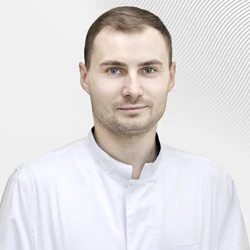
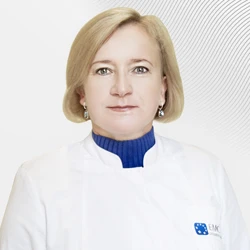
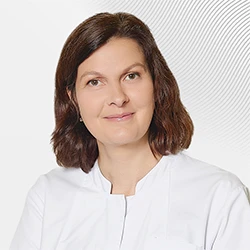
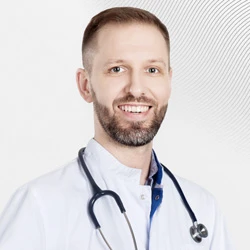
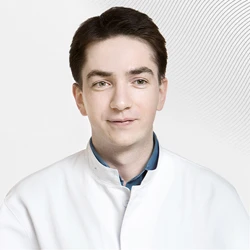
.webp)
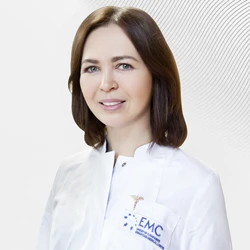
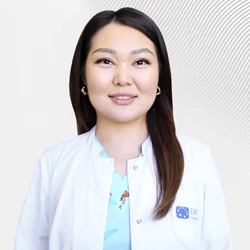
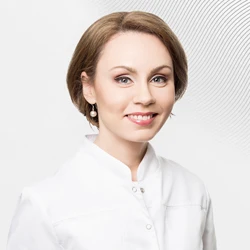

.webp)
